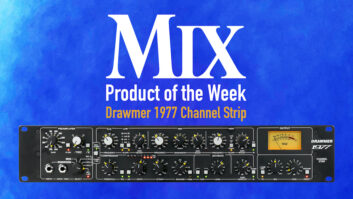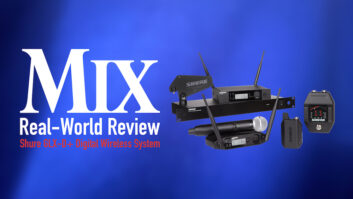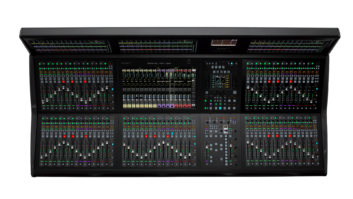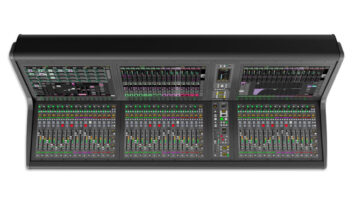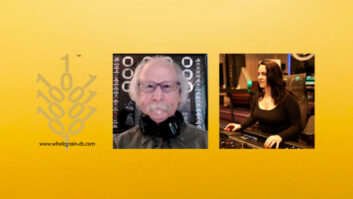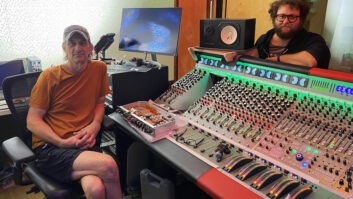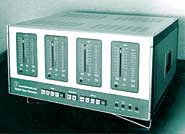
For those who believe “digital” began with digital audio workstations in the late 1980s, it’s important to remember that the first commercial digital recordings were made using Dr. Tom Stockham’s Soundstream Digital system in 1977. After demonstrating some opera demo recordings at the spring 1977 AES in L.A., Stockham was invited by Lincoln Majorca of Sheffield Records to cut The Art of Fugueing album on his Town Hall label. It worked, and later in the year, it was followed by recordings of the Philadelphia Symphony, Virgil Fox and the Boston Pops.
The Soundstream system was a 50kHz/16-bit process that stored audio on a high-speed instrumentation tape recorder. One of its most important features was its extensive and powerful editing and crossfade capabilities. The system—initially available only through rental on a per-project or hourly basis—remained in use for more than a decade.
Always looking ahead, Stockham’s paper in the October 1977 Journal of the AES predicted future records on pocket-sized, 490MB digital discs, holding 60 minutes of music sampled at 42.5 kHz. Five years later, Sony/Philips would debut the CD, a pocket-sized digital disc format storing 60-plus minutes on a 540MB disc at a sampling rate of 44.1 kHz. Stockham—an AES president from 1982 to 1983—died earlier this year at the age of 70, but received many accolades during his life for his tireless contributions to audio, including an AES gold medal, SMPTE’s Poniatoff Gold Medal, a Technical Grammy® Award and an Emmy Award.
